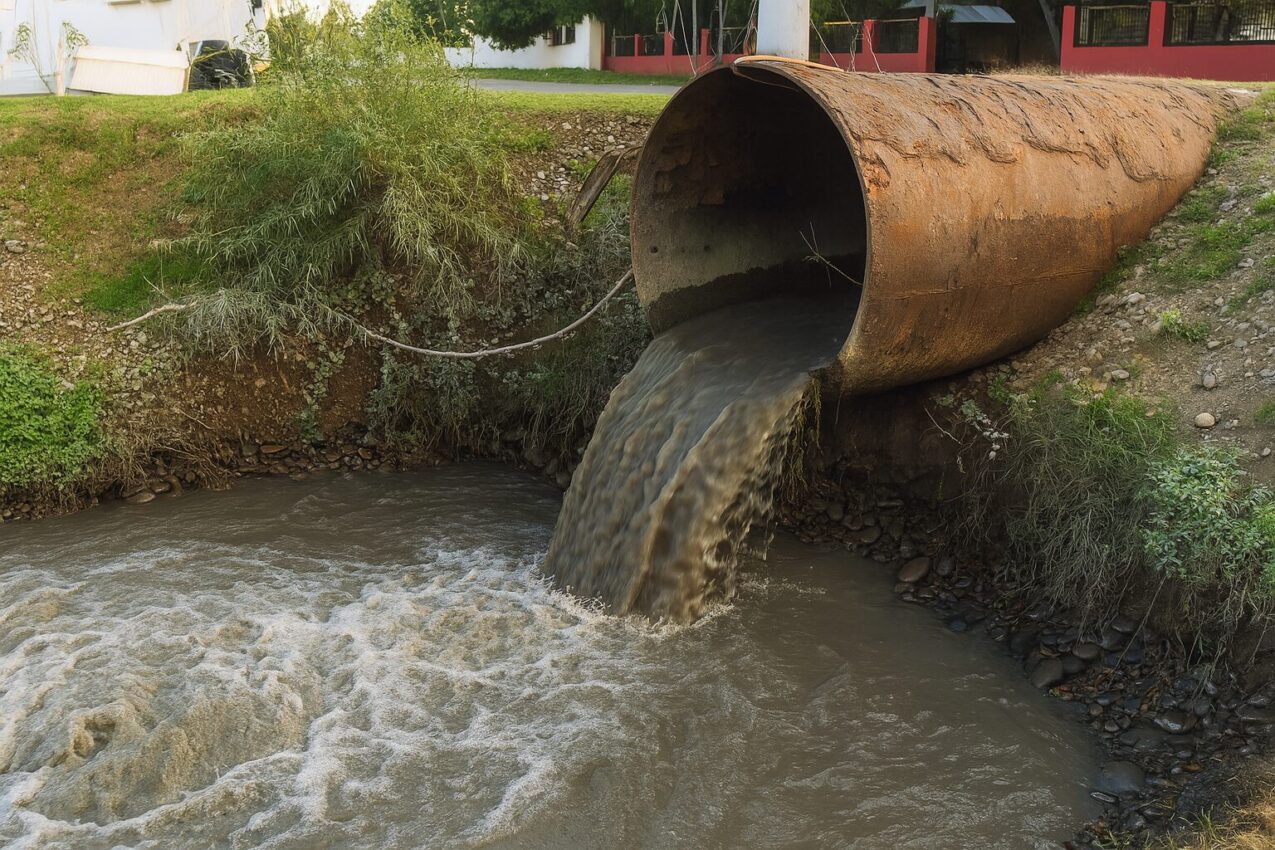Colorado’s Wastewater Discharge Permit Rules: What Communities Need to Know

Every day, wastewater treatment plants across Colorado clean millions of gallons of used water before sending it back to our rivers. But here’s the thing – that water has to be really clean. The state sets tough rules called effluent limits, and let me tell you, they’re getting stricter every year.
As engineers who work with small towns and cities throughout Colorado, we see firsthand how these rules affect communities. Sometimes it feels like the goalposts keep moving, but there’s good reason for it.
What We’re Really Talking About
Effluent limits are basically report cards for treated wastewater. Before any drop goes back into the South Platte, Arkansas River, or any Colorado stream, it gets tested for stuff that could hurt fish, make people sick, or mess up the environment.
The big ones we watch? Ammonia is a killer for trout. Too much phosphorus turns rivers into green soup in summer. E. coli tells us if there’s still nasty bacteria hanging around. Copper and zinc can build up in fish. Even water temperature matters – dump warm water into a cold mountain stream and you’ll cook the fish.
The Colorado Department of Public Health and Environment (CDPHE) runs this show. They take federal rules and make them work for our high-altitude situation. Mountain streams don’t have much water, so there’s less room for error.
Why Colorado Is Different
Working in Colorado brings unique headaches. Our treatment plants sit at 5,000 to 10,000 feet elevation where it’s cold most of the year. Bacteria that clean wastewater don’t like cold – they slow way down in winter, right when we need them most.
Then there’s Regulation 85. If you discharge anywhere near the Front Range, you probably know this one. It basically says you need to remove way more nutrients than most states require. Small towns that built simple treatment plants 30 years ago now need million-dollar upgrades just to keep up.
Last year brought even tougher ammonia rules. Plants that passed inspection for decades suddenly failed. We had one client in the mountains who went from hero to zero overnight when the new standards kicked in.
When Things Go Wrong
Most violations we see follow patterns. Winter ammonia problems hit almost everyone – cold weather plus holiday visitors equals trouble. Spring snowmelt brings its own mess. All that water infiltrating old sewer pipes dilutes the wastewater, making it harder to treat.
Summer isn’t much better. Low river flows mean less dilution, so every milligram counts. One hot week can trigger algae blooms downstream, and guess who gets blamed?
Getting caught means more than angry letters. First violation might be a warning. Second time? You’re looking at fines starting around $10,000 per day. Keep it up and the state mandates upgrades you can’t afford, or worse – stops new sewer taps. Try explaining that to developers wanting to build homes.
The Money Problem
Here’s what keeps town managers up at night: compliance costs real money. Just testing the effluent runs $50,000 to $200,000 yearly for small communities. That’s before fixing anything.
Need to meet new ammonia limits? Budget at least half a million for basic upgrades. Advanced nutrient removal? Now we’re talking $3 to $10 million. Complete rebuilds can hit $50 million for towns under 10,000 people.
We worked with one town where sewer bills jumped from $35 to $85 monthly after upgrades. Residents weren’t happy, but the alternative was daily fines that would’ve bankrupted the town.
Solutions That Actually Work
The good news? Technology keeps improving. We’re installing systems now that seemed impossible 10 years ago.
MBBR systems are game-changers for small plants. Picture thousands of plastic bottle caps tumbling in your tanks, each one covered in beneficial bacteria. They boost treatment without building new tanks. Perfect for tight budgets and cold weather.
Some towns go high-tech with membrane systems. Yes, they cost more upfront, but they produce water so clean you could almost drink it. No more violation worries.
For really small places, we sometimes design wetland systems. They look like ponds with cattails, but they’re secretly treatment plants. Ducks love them, they remove nutrients naturally, and they cost way less to run than mechanical plants.
Smart monitoring helps too. New sensors catch problems before they become violations. One operator told me his phone alerts him to high ammonia while he’s eating dinner. Beats finding out Monday morning.
Getting Ahead of the Game
Communities can’t wait for violations to force action. Start by really understanding your discharge permit – not just the numbers, but the trends. Are you barely passing? Getting closer to limits each year? Time to plan.
Get engineers involved early. We can spot problems coming and suggest fixes that won’t break the bank. Maybe you need minor tweaks now to avoid major rebuilds later.
Consider teaming up with neighbors. Two small towns sharing one good plant often beats two towns with two marginal plants. The state likes regional solutions too.
Money’s always tight, but State Revolving Fund loans offer cheap financing for water quality projects. The paperwork’s a pain, but 2% interest beats 5% bonds any day.
Bottom line – Colorado’s effluent limits protect the rivers we all love. Yes, meeting them costs money. But clean water downstream means healthy communities, good fishing, and growth that doesn’t destroy what makes Colorado special. Plan ahead, invest smart, and these rules become manageable instead of crisis-inducing.
